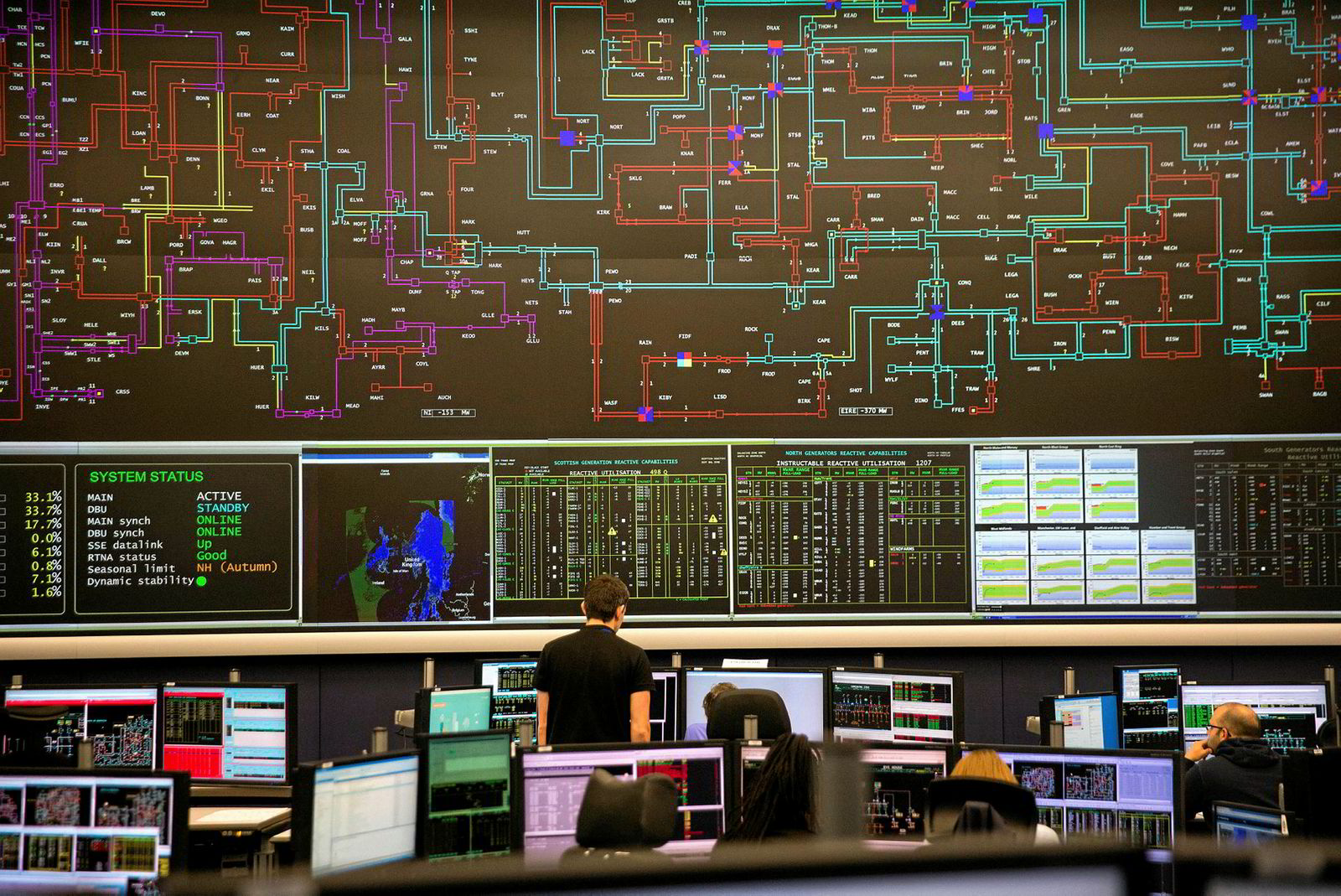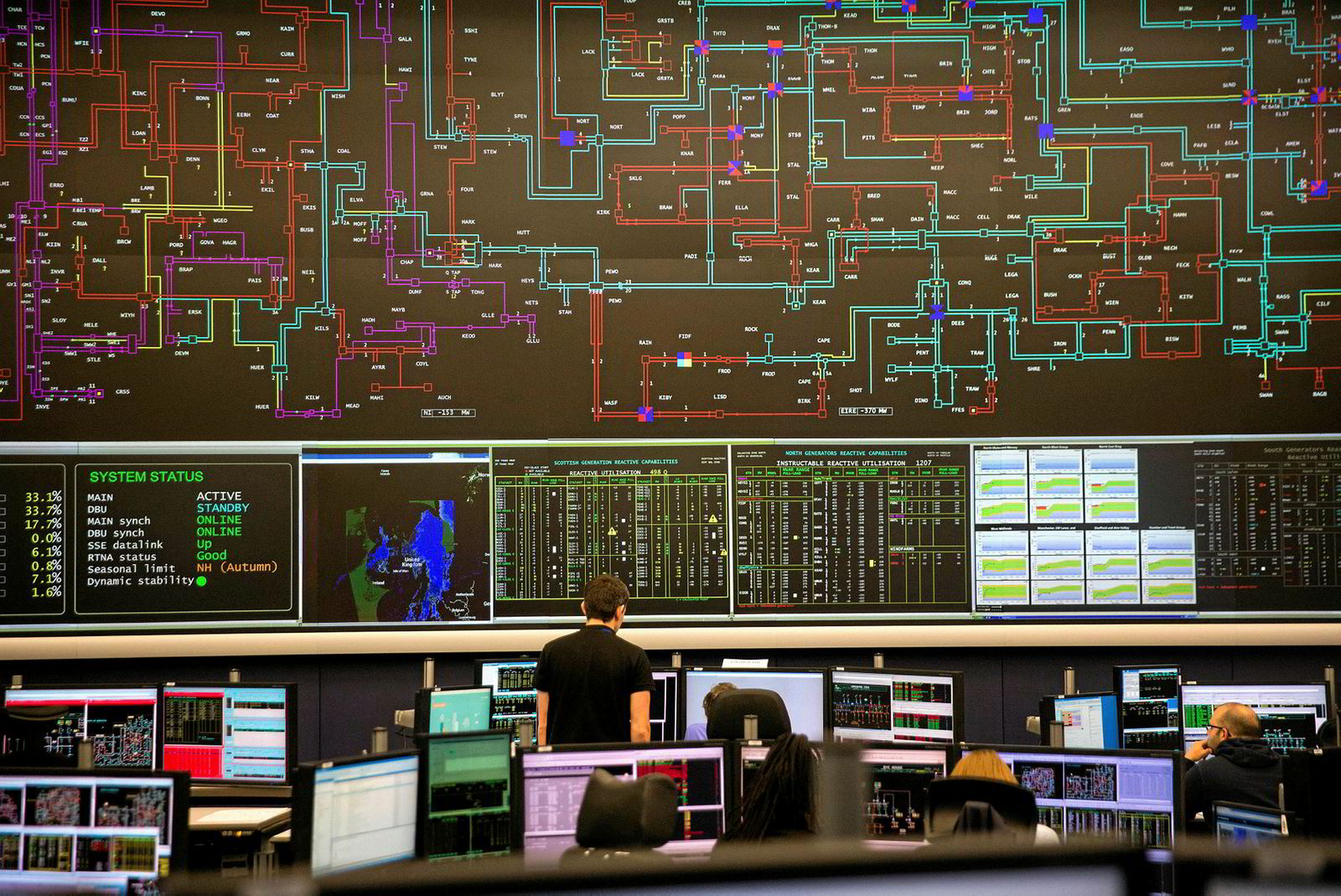IN DEPTH | Almost all the technology needed for the global energy transition already exists, but one important element is still missing — how the highly complex grid of the future will operate, writes Leigh Collins
For the world to decarbonise and meet its climate goals, we will need a huge amount of renewable energy. But the variability of wind and solar means that a range of new solutions will have to be put in place to meet demand when the wind isn’t blowing and the sun isn’t shining — including battery and thermal storage, demand response, electric vehicle (EV) smart charging, increased interconnection, virtual power plants and even internet of things (IoT) technology such as smart fridges.


